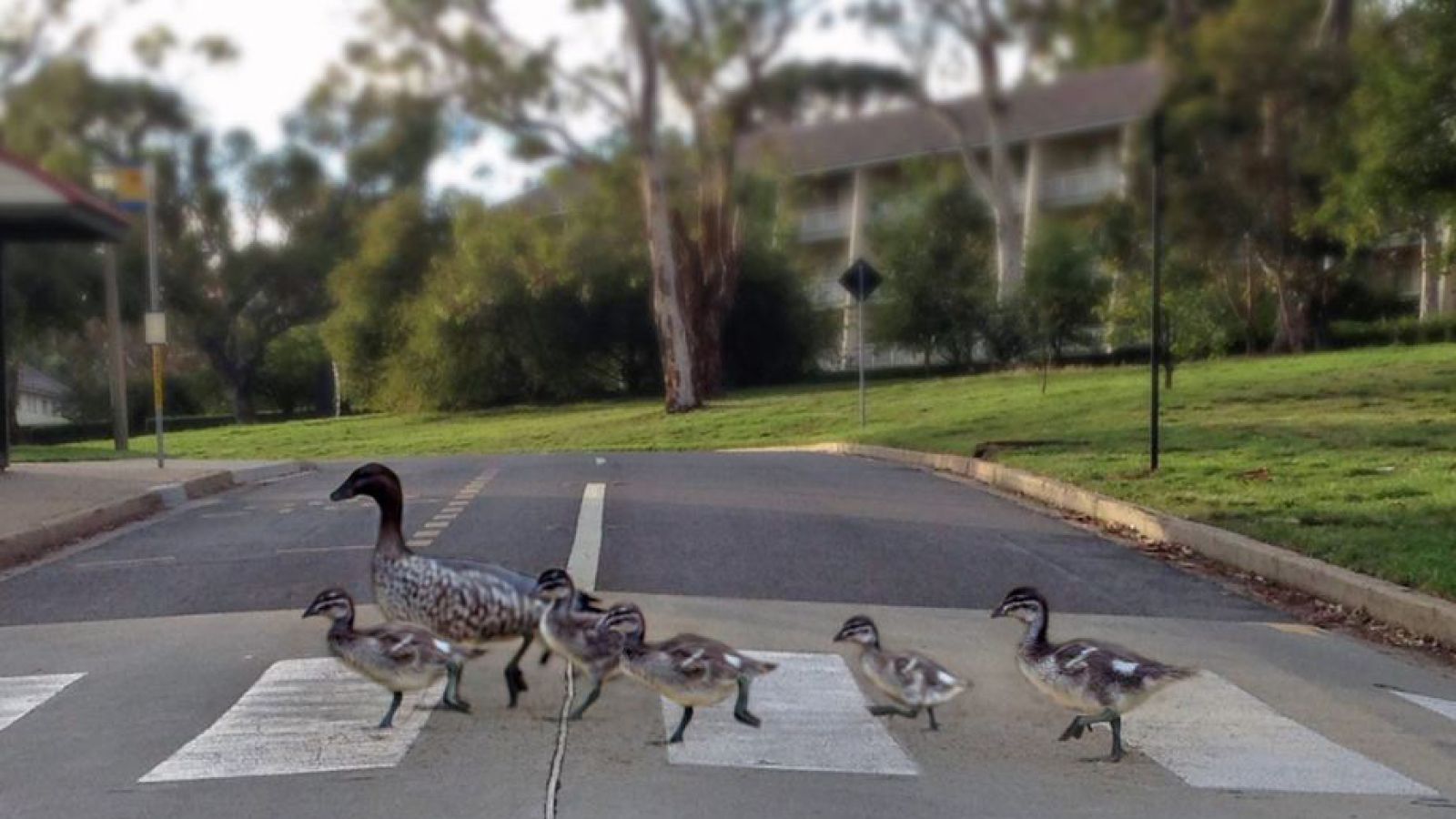Belizean monkeys reveal climate change impact

Although the politics of climate change are complex, from a scientific standpoint, the signs of climate change are well and truly showing.
Biological anthropology researchers from the School of Archaeology and Anthropology recently published research investigating the impact of a category four hurricane on a wild howler monkey population in Belize.

Juvenile black howling monkey resting in a Cecropia tree. Photo by Meagan Ody.
In an article in leading tropical biology and conservation journal Biotropica, Dr Alison Behie and co-authors detail their discovery that monkeys in the post-hurricane habitat had more parasite infections as a direct result of the changes in forest structure created by the storm.
It has been generally thought that primates in disturbed forests (forests affected by natural disaster) were more susceptible to parasites because they only had access to low quality food, causing stress on their immune system.
However, the new research found that higher levels of parasites are more likely due to the monkeys’ accidental consumption of ants, which are likely hosts to the parasites.
The monkeys eat the ants when eating leaves from Cecropia, a ‘pioneer’ plant species which quickly establishes itself in forests following a natural disaster. Cecropia is a nutritious and available food source in the wake of a natural disaster, but unfortunately for the monkeys, the plant uses the parasite-hosting ants as a defence mechanism.
“This is the first study to show such a relationship in any forest and the first long term study of the recovery of a wild monkey population to a hurricane,” says Dr Behie.
“The intensity of hurricanes is expected to increase as a result of climate change. We are at a point where we need to better understand the impact of such change on ecosystem dynamics
“Research such as this study highlights how ecosystem processes are impacted by natural disasters, and are key to understanding and predicting the effects of climate change on the viability and health of wildlife populations in future.”
The research is also currently being featured as the Biotropica’s Editor’s Choice article for January.
“Their fascinating study yields insights into the potential for climate-related changes in diet, behaviour, and forest structure to alter the risk of exposure to parasites,” says Editor-in-Chief Emilio Bruna.
The extra publicity from Biotropica has already led to collaboration with other researchers in the field.
“A colleague in Mexico has offered to give us access to a rare, preserved specimen of an adult parasite. We can extract its DNA to compare to any DNA we extract from the ants, which will help us to give definitive proof to the research to date,” says Behie.
“The ability to write our own entry for the website feature also allowed us to encourage other researchers to look at their own data for evidence of the same relationship. From here, we can start to understand how widespread the relationship is and how much of an impact pioneer species are having on parasite-host dynamics throughout disturbed forests globally.”
You can read the blog and access the article on the Biotropica website